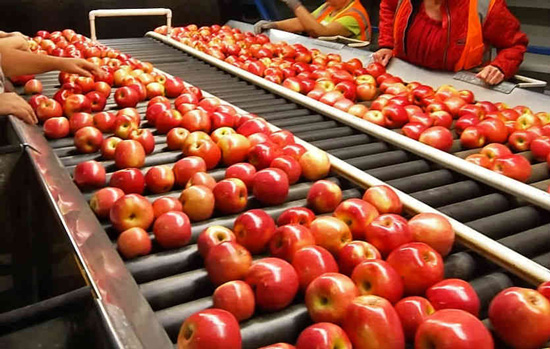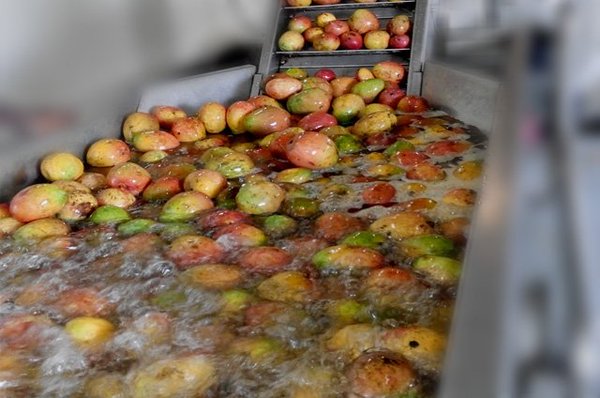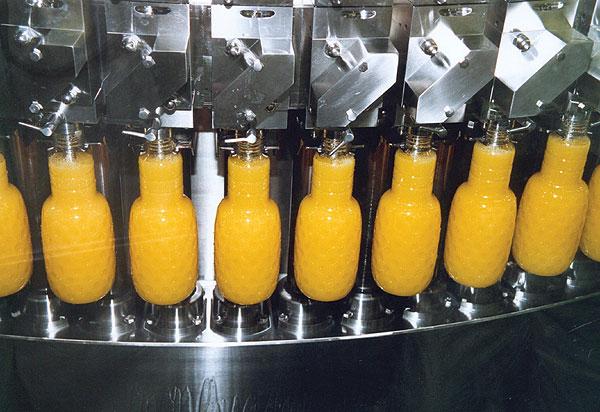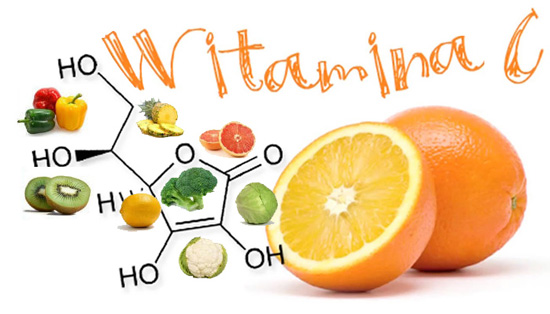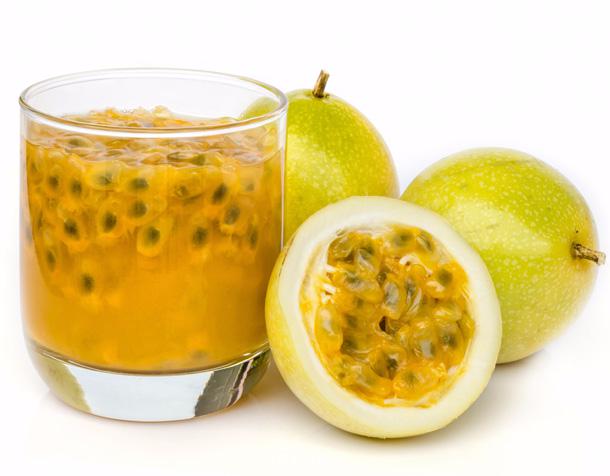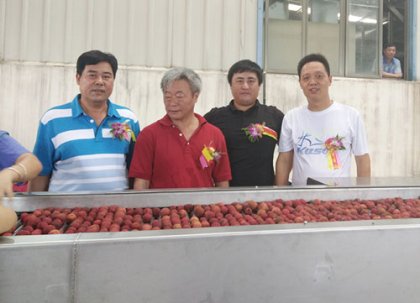8 issues you must pay attention to in juice production process
Nowadays, fresh fruit beverage is becoming popular around the world. There are a number of juice manufacturer emerging. To develop juice processing technology has become a persistent topic. Well, what should be paid attention to in juice production process?
The choice of raw material
Selecting fresh fruit of moderate maturity and high sweetness may be complex work. For juice maker, using concentrated juice or jam from reliable supplier to produce fruit juice is a more convenient way, which can ensure the quality at the same time. If using fresh fruits to produce juice, you must pay attention to their maturity. Neither Unripe nor overripe fruits are suitable. 80% to 90% maturity fruits possess the sweetest flavor. Therefore, choosing the right maturity and variety is the first concern.
Prevent residual pesticide on fruits
Be clear of whether sprayed pesticides are used in your fruits. If they are, you can take the following steps to remove the residual pesticides: soak the fruits in dilute hydrochloric acid of 0.2% to 0.5% concentration, put them on the
brush spray fruit washing machine, then rinse them with running water.
Prevent excessive ethephon
Many juice manufacturers use mango jam to
produce mango juice. Because most mangos ripen with the help of ethephon, there usually remains plenty of ethephon in them. Excessive ethephon is harmful to people’s health. Ozone tracking neutralization is a way to address this problem. Remove the head and tail from mangos, and soak them into reaction tanks, in which the water contains ozone. These ozone is able to neutralize ethephon and eliminate bacteria in the mangos. By this mean the ethephon in mango juice can be reduced to meet the national standard.
High pressure homogenization is important
High pressure homogenization can not only improve the fruit juice taste and prevent deposition , but also further refine multiple ester aroma particles in fruits. The homogenized fruit juice tastes much more aromatic. It’s no wonder that some insiders believe the competence of fruit juice industry lies in the homogenization technology. Homogenization makes mediocre juice taste more delicate and sweet.
Prevent overheat in juice production process
Almost all fruit juice lose nutrition under high temperature heating. Japanese government once forbidden heat sterilization in fruit juice processing and enforce non-thermal pasteurization method to prevent nutrition loss and improve juice flavor. It is said that this policy doesn’t take effects. As a matter of fact, immediately heating fruit juice to a certain temperature and suddenly cooling it to under normal temperature doesn’t destroy the nutrition and flavor. This is the effect of aseptic filling. During the processing, fruit juice is heated to the temperature of 88℃ to 90℃,after 40 to 50 seconds it was cooled to around 12℃. The total heating time is less than 1 minute. The filling procedure is taken under aseptic condition. This method rivals non-thermal pasteurization in juice flavor and nutrition, and achieves the same sterility level.
Add vitamin C to make up the loss
The crush, colloid milling, homogenization, heating procedure can cause vitamin C loss in fruit juice. Proper vitamin C additives can protect the juice from oxidation and nutrition loss.
Add odorant to enhance the flavor
The natural aroma in fresh fruit juice is easy to volatilize in the process of manufacture and storage, so it must be supplied by essences or other odorants. It’s better to add essence of the same flavor as the fruit juice. Be cautious of the quantity, half of the quantity recommended by producers is OK. As for such southern fruits as mango, pineapple and guava, you can add some passion fruit juice, which is called “fruit MSG(monosodium glutamate)”. Juice added with 2% to 4% passion fruit juice smells fragrant after high pressure homogenization.
Control the acidity and PH
Keep acidity of your end products between 0.4% and 0.6%, and PH between 3.7-3.9. This not only improve the taste and flavor, but also promote the pasteurization procedure to take full effects. Generally, manufacturers adopt citric acid and malic acid together to reach the best effects.
Get in Touch Now!

